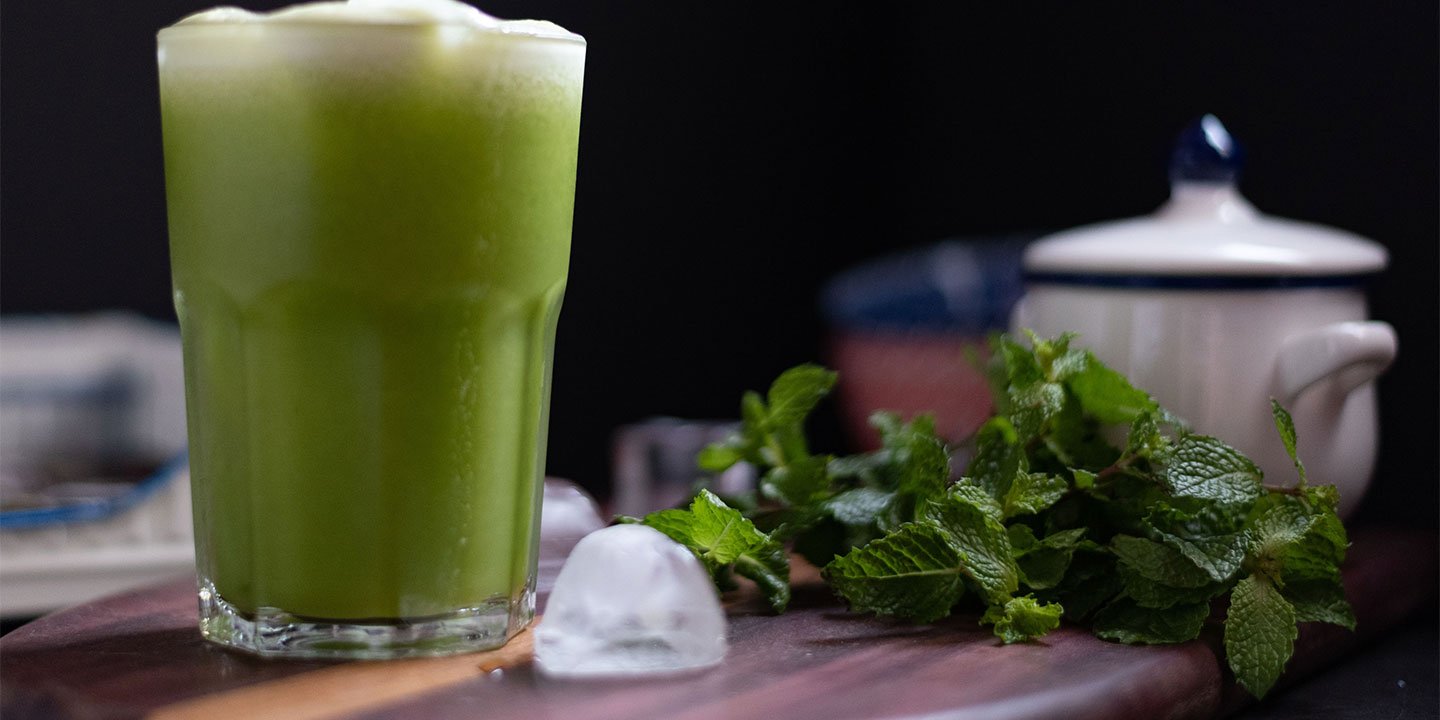
Detoxification
Become a Healing 360 member to unlock our recommendations.
Introduction
Detoxification depends on which of these areas are the most stuck:
The body's superficial mucous membrane surfaces, like the membrane of the small and large intestine, sinus, bladder, vagina, lungs, or the skin
The filtering organs of detox, such as the liver, lymphatic, kidney, or spleen
Deeper into the cells
A combination of above, resulting in a “Total Body Burden”
Let's look at a step by step process to support our detoxification system, to appreciate the various factors that can be an underlying cause of Chronic Inflammatory Illness. We will break down each of these in our 14 Steps of Detoxification, and then suggest ways to support each of these steps with our 9 Categories of Detoxification Tools.
14 Steps of Detoxification
Step 1: Identify and limit exposure risks
Our first step is knowing where you are at risk of exposure to toxins in our environment including food, water, inside, and outside air, and to limit these exposures whenever possible. Knowing and minimizing exposures are always the first and fundamental step.
Step 2: GI system
The small and large intestines are primary organs of detoxification, as all “gunk” is eliminated by the gut. Our primary goal is to support the gut, with the critical objective of improving regular bowel movements and digestion.
Step 3: Circulation
Circulation support can be important in the detoxification process. Our blood delivers nutrients and oxygen to our cells and moves waste out of the cells to our filter organs. Our immune system functions much more effectively when the blood is adequately flowing and filtered.
Step 4: Hydration
Adequate hydration is necessary for effective detoxification. Our bodies are 60% water and waste can get stuck if it can’t flow. Chronic dehydrated patients are more likely to have chronic inflammatory illnesses and could be slow to improve.
Step 5: Drainage
Drainage remedies help move the waste more effectively through our organs of detox. This is important to support the filtering capacity of our primary organs.
Step 6: Bile
The liver makes a quart of bile a day. Bile binds to toxins and helps them move through the liver, gallbladder, and out of the body through the gut.
Step 7: Liver
The liver is our primary filtering organ, as it is necessary to clean the blood and lymphatics which neutralizes our waste and dumps it into the gut for elimination. The liver processes waste products in two steps, Phase One and Phase Two, breaking down lipid-based toxins (difficult to remove) to water soluble which makes them more easily eliminated.
Step 8: Kidneys
The kidneys have a primary role in breaking down and eliminating chemical, heavy metal toxins, regulating fluids and conserving minerals and proteins.
Step 9: Lymphatic system
The lymphatic system is an organ system that is part of the immune system, and complementary to the circulatory system. It is an important detox organ system that stretches throughout the whole body.
Step 10: Lungs
The lungs are important as a detox organ. As oxygen is brought into the system through inhalation, they also clear waste with exhalation.
Step 11: Skin
The skin is the largest organ of detox. It functions as a backup system when the other filtering organs get backed up and can't move.
Step 12: Spleen
The spleen is the “forgotten” filtering organ, and is critical to many immunologic and metabolic pathways.
Step 13: Bone marrow
Our bodies need stem cells to regenerate from tissue damage, and the bone marrow is the main area for stem cell production. Reducing inflammation in turn increases stem cell production, thus optimizing immune system function.
Step 14: Thymus
If the spleen is the “forgotten” organ, the thymus is the “never thought of” immune system organ responsible for T-cell production. T-cells (Thymus-cells or thymocytes) originate in the bone marrow, then are transferred to the thymus for maturation, and storage, providing for all the T-cells one will ever need.
9 Categories of Detox Tools
The Toxicity questionnaire can identify the organ system or systems that are weak, and our 14 Detox Steps provide recommendations on how to support those systems. Each of those recommendations can be divided into 9 Categories of Detox Tools. We have listed a number of possible supportive and rejuvenation approaches that could be considered by the individual and shared with their health care providers. Later we will share with you the 2-3 Detox Tools or strategies that we have found most useful to support each of the 14 Detoxification Steps.
1. Lifestyle and Dietary Tools
Avoid exposure whenever possible and consider other diet and lifestyle measures that can be helpful.
2. Nutritional Support Tools
What vitamins, minerals are raw materials for this support?
3. Herbal Tools
Herbals can support and rejuvenate the detox organs.
4. Nutraceutical Tools
A nutraceutical may be a naturally nutrient-rich or medicinally active food, such as garlic or soybeans, or it may be a specific component of a food, such as the omega-3 fish oil that can be derived from salmon and other cold-water fish.
5. Isopathic Remedies
Our organs have a capacity for drainage or the movement of waste through the organ. This is an essential support feature that is often overlooked in detoxification.
6. Glandular Therapies
These refer to the use of specific animal glandular products that contain nutrients specific to the organ and can improve physiologic functioning and support the natural healing process.
7. Oxidative Support Tools
Oxidative damage to our organ’s cells is a fundamental cause of inflammation and needs to be considered in detoxification.
8. Extra Credit Detox Tools
Detox tools that can be helpful such as saunas and coffee enemas.
9. Genetic Support
Nutrigenomic analysis looks at your genes to identify weaknesses and recommend foods you should eat more of for a healthier life.